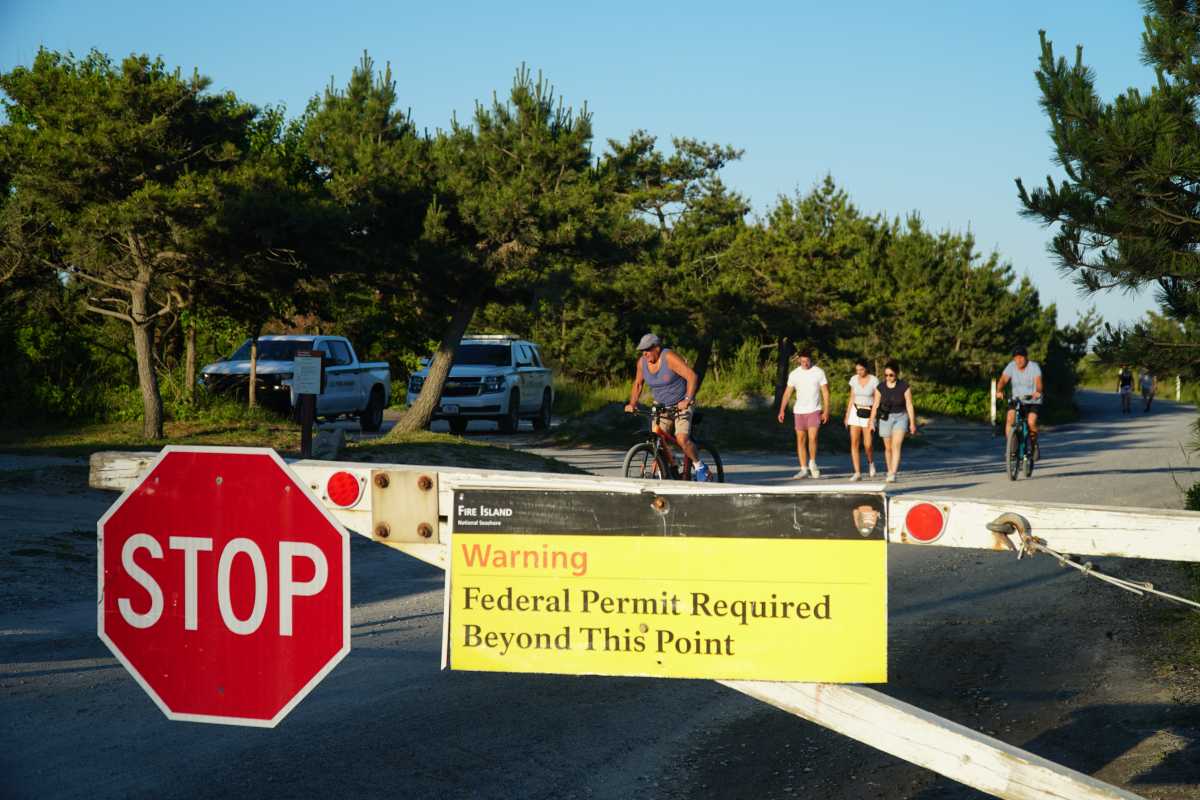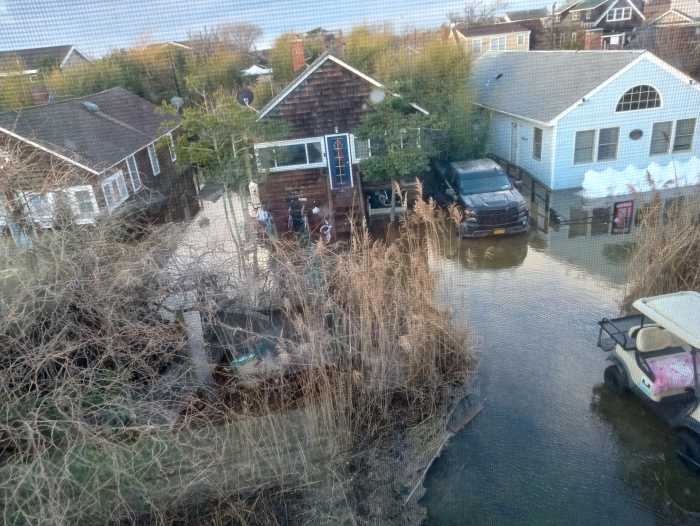The National Park Service (NPS) has now released the Environmental Assessment for their plans to update the regulations governing Fire Island’s driving policy through the Off-Road Vehicle (ORV) Management program. The release of the Environmental Assessment also triggers the opening of a new public comment period that opened on May 28, 2024, and will close on June 30, 2024.
The public is encouraged to submit comments sharing their thoughts on the plan with Fire Island National Seashore (FINS) officials to help them refine proposed new regulations. Two public meetings were held on June 5 at the Patchogue Ferry Terminal and June 12 via Zoom to educate the public about the Environmental Assessment and to collect public feedback about proposed policy changes.
Anyone familiar with Fire Island knows that our uniquely restrictive approach to cars defines our island. This has been the case since the establishment of FINS in 1964. Public opinion on how and if our driving regulations should be updated remains divided. However, the regulation updating process is moving forward for the first time since 1987.
The current public comment period is part of a longer years-long process dictated by the National Environmental Policy Act. FINS Superintendent Alexcy Romero described the process at the June 12 meeting as “a little bit of a rollercoaster ride” but also said “we are at the final stretch,” and thanked park staff and the public for their participation.
Last Fall, FINS conducted a public scoping period to share proposals for updating the ORV Management program and collect public input resulting in several changes. However, much of the seashore’s preferred plan, “Alternative B – Proposed Action,” remains unchanged according to FINS presentations and documents.
Under Alternative B, the cap on year-round resident driving permits will be raised from 145 to 200 and the cap on construction/business permits will increase from 80 to 145. Additionally, the cap of 30 on permits for utilities and essential services will be abolished. Instead, the number of permits for utilities and essential services will be based on demonstrated community needs. Meanwhile, the cap of 5000 one-way trips through the east gate for recreational fishing and hunting will also be abolished. The plan also eliminates ice-over permits and cuts the number of grandfathered-in part-time resident permits from 100 to 50. FINS also retains the ability to restrict driving to protect park resources (like piping plovers) and public safety. All of these proposals remain unchanged.
Four main changes to Alternative B were made in response to public comments collected last fall. The period year-round Fire Island residents can be absent from the island without compromising their status was increased from 14 days to 30 days, to match the town of Islip’s standard. Driving during June, September, and October is now only allowed on weekdays and weekends between 6 p.m. and 9 a.m. rather than 24/7 during these months. Construction/business permit holders will be allowed two daily trips through the west or east gates of the seashore rather than just one. Language clarifying that emergency response vehicles will not face any permit caps is also now included in the proposal.
Two other plans to update the ORV Management program were also covered by the Environmental Assessment. Alternative A (no action) would continue management under the 1987 regulations with just minor updates to bring them into line with current practices. Alternative C, would make most of the same changes as Alternative B, but instead of raising the permit caps for year-round resident and business permits it would abolish the caps. Alternative C would also allow driving for different timeframes during the fall and spring shoulder seasons.
However, the details of these alternative plans will likely not matter in the end. FINS Resource Stewardship Division Manager Brendan Newell said at the June 12 Zoom meeting: “It’s safe to assume that this will be, the NPS preferred alternative (Alternative B – Proposed Action), will be where this process ends.”
Still, members of the public are encouraged to review the Environmental Assessment to learn about potential impacts and submit their comments on the NPS website by Jun 30, 2024, at 11:59 p.m. Mountain Time. The public can also submit written comments by mail or in person at the NPS headquarters in Patchogue. Your comments will help FINS create the draft rule that will be released for another round of public comments later this summer.
Editor’s Note: At the end of June, Fire Island National Seashore announced that the Off-Road Vehicle Management Plan public comment period had been extended to July 14, 2024.



























